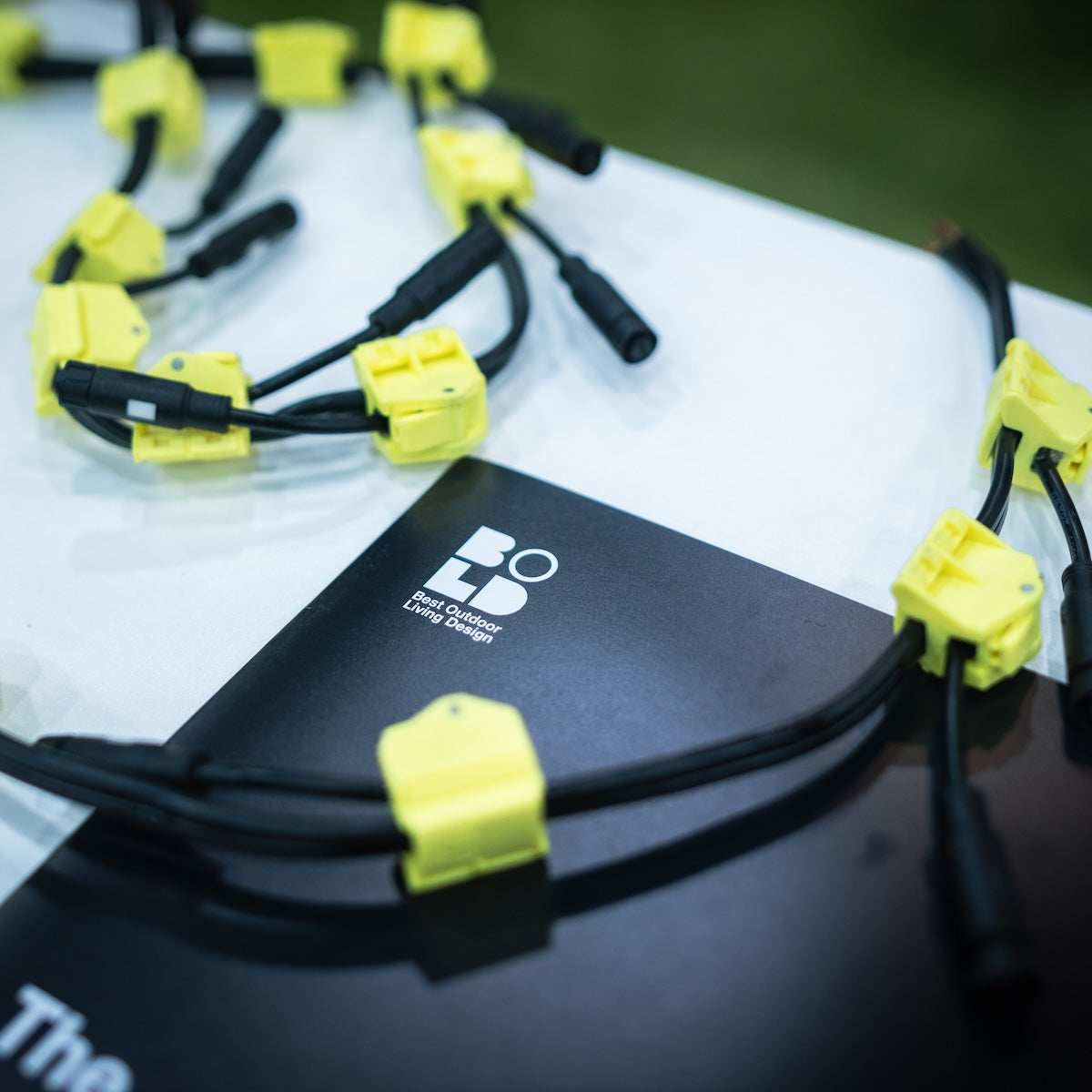Understanding the Difference Between Volt-Amps (VA) and Watts (W) in Low-Voltage Landscape Lighting
When it comes to understanding electrical power, the terms "Volt-Amps (VA)" and "Watts (W)" often come up. While they both measure power, they are not the same and serve different purposes in electrical systems, especially in landscape lighting. The information below is aimed to simplify these concepts and explain why using Volt Amps is crucial when calculating the load for transformers in low-voltage landscape lighting.
What are Watts?
Watts (W) measure real power, which is the actual power consumed by the lights to produce illumination. It is the rate at which energy is used to perform work.
What are Volt-Amps?
Volt-Amps (VA) measure apparent power, which is the product of the voltage applied to the circuit and the current drawn by the circuit. Apparent power takes into account both the real power and the reactive power (power stored and later returned by inductors and capacitors in the circuit).
To better understand the difference, we can break it down into two good analogies:
1. Pouring a glass of water
- Watts: Imagine you’re pouring a glass of water to drink. The water you actually drink is like the watts—it's what you use.
- Volt-Amps: Now imagine some of that water spills while you’re pouring. The total amount of water you poured (including what spilled) is like the volt-amps—it’s the total power needed, even though some of it isn’t used.
2. Driving a car
- Watts (W) Think of watts as the car's actual speed, measured in miles per hour (mph). If your car is traveling at 60 mph, that’s the actual speed you’re using to get somewhere.
- Volt-Amps (VA): Think of volt-amps as the car's speedometer reading, which includes the actual speed and any extra effort needed due to road conditions (like going uphill or through a rough patch). If the speedometer shows 75 mph but you’re going uphill, your actual speed might still be 60 mph. The extra 15 mph is the effort needed to overcome the hill, which doesn’t contribute to your forward motion but is still required to keep moving.
Why the difference matters:
- Real Speed (Watts): This is the speed you actually use to get to your destination.
- Apparent Speed (Volt-Amps): This includes both the real speed and any extra effort needed to maintain that speed due to external factors.
Transformers in electrical systems are like the car’s engine. They need to handle both the actual power used by the lights (real speed) and the extra power needed due to inefficiencies or reactive components (apparent speed).
- Total Effort: The engine must handle the total effort required to keep the car moving.
- Safety and Efficiency: Using volt-amps ensures the engine isn’t overworked, preventing overheating or breakdowns.
Why Use Volt-Amps (VA) to Measure the Capacity of a Low Voltage Transformer
BOLD Transformers Are Rated in VA: Our transformers are rated in VA because they must supply both real and reactive power. Using VA accounts for the total electrical load, including any phase differences between voltage and current.
Ensuring Adequate Capacity: If you only calculate based on Watts, you might underestimate the actual load on the transformer, leading to potential overloading. Overloading can cause overheating, reduced lifespan, and inefficiency. It can also trip the system and lead to call backs from your clients.
Real-World Loads: Modern lighting systems, especially those using LED technology, often have power factors significantly less than 1. By using VA, you ensure that the transformer can handle the total apparent power, accommodating both real and reactive components.
Conclusion
Understanding the difference between Watts and Volt-Amps is crucial for selecting the right transformer in low-voltage landscape lighting systems. By using Volt-Amps, you ensure that the transformer can handle the total power load, maintaining efficiency and preventing potential issues. Always calculate your transformer load using Volt-Amps for a reliable and effective lighting setup.
Because we prioritize using Volt-Amps at BOLD, you’ll ensure a more accurate and reliable setup, keeping your landscape beautifully lit and your electrical systems running smoothly.
If you have any questions about this article, or if you simply want to learn more about BOLD and our products, you can reach out to us at support@boldpros.com or give us a call at 1-833-472-9960.
Topics from this blog include:
- Volt-Amps vs. Watts
- Transformer load calculation
- Landscape lighting
- Power factor
- Electrical power measurement
- Low-voltage lighting
- Apparent power
- Real power
- LED lighting systems
- Transformer efficiency













